In-Situ Monitoring of Geomembrane Liner Performance in Real Time by Use of Test Coupons

Authors
J. Scheirs and A. Marta1. Director, ExcelPlas, Melbourne, VIC, Email: john@excelplas.com.au2. Senior Principal | Director, Red Earth Engineering a Geosyntec Company, Brisbane,QLD, 4000, Email: attila@redearthengineering.com.au
In Cooperation With


Introduction
Geomembranes are widely used in various applications, such as landfill liners,mining, and containment facilities. One of the critical issues that affect the longtermperformance of geomembranes is their exposure to the environment.Exposure to ultraviolet (UV) radiation, extreme temperatures, chemicalexposure, and mechanical damage can cause the geomembrane to deteriorate,leading to premature liner failure. In-situ monitoring of geomembraneperformance can provide valuable data on the rate of deterioration and enablemitigation measures to be implemented in a timely manner.This technical note discusses the use of coupons of geomembrane to monitor theperformance of geomembranes in real-time. The paper describes how couponsare immersed into the facility, extracted periodically, and tested to determinewhether any property changes or deterioration is occurring. Furthermore, thetechnical note explains how the coupons can be positioned at various locationsto determine the effect of spatial distribution on the rate of geomembrane linerdeterioration.
Coupons Immersion and Extraction
Coupons of geomembrane are small, rectangular pieces of geomembrane material that are immersed into the facility to monitor the performance of the geomembrane liner. The coupons are typically 300 mm (12 inches) by 300 mm (12 inches) and are installed by attaching them to a rigid frame or on the upstream embankment.
The frame is then placed at the desired location and immersed into the liquid media. There are many ways to insert coupons and they require careful detail to ensure the correct exposure is achieved but also that it is safe to extract them during operations.The immersion period of the coupons depends on the specific application and the desired testing frequency. In general, the coupons are left in the facility for at least the operational life of the asset, therefore sufficient coupons are required to cover the frequency of extraction. For high-risk facilities, extraction, testing and analysis of the results is typically on an annual cycle.
Testing of Coupons
The properties of the geomembrane material are tested on the coupons to determine whether any property changes or deterioration is occurring. The testing can include various physical and mechanical tests, such as tensile strength, tear resistance, puncture resistance, stress crack resistance (SCR) and oxidative resistance via Standard-Oxidation Induction Time (S-OIT) and High pressure -OIT (HP-OIT).
The results of the testing are compared to the properties of the original geomembrane material to determine whether any changes have occurred. If changes are detected, further testing may be required to determine the cause of the deterioration.
Positioning of Coupons
Coupons can be positioned at various locations within the facility to determine the effect of spatial distribution on the rate of geomembrane liner deterioration. The locations can include above the waterline (full sun), below the waterline, at the splash zone, and in the anchor trench (no sun or contact with liquid media).
In addition to the positioning of coupons at various locations within a facility, such as above and below the waterline, coupons can also be positioned on the batter of lined dams at different aspects to the sun. This approach can provide valuable data on the effect of solar exposure on the rate of geomembrane liner degradation. Coupons can be placed on the northerly aspect of the dam for higher UV exposure and on the southerly aspect for lower UV exposure.
Furthermore, coupons can be held in jigs in a stressed configuration to examine the role of surface strains and the rate of liner degradation. This approach can provide valuable data on the effect of mechanical stresses on the geomembrane liner's performance.
In addition to the above, samples can be immersed in the contained liquid of the containment facility near and away from the inlet to better understand the effect of process water temperature, chlorine dosing, or chemical dosing on the rate of liner degradation. This approach can provide valuable data on the effect of chemical exposure on the geomembrane liner's performance.
The spatial distribution of the lined facility can greatly influence the rate of geomembrane liner degradation and hence its ultimate life. Therefore, the positioning of coupons at various locations aids in a better understanding of the spatial distribution of the lined facility. Containment facilities such as dams and impoundments cannot be assumed to be a single homogenous environment, and therefore, coupons placement plays an important role in understanding the rate of liner degradation at different locations within the facility.
The positioning of coupons at various locations provides valuable data on the performance of the geomembrane liner in different environmental conditions. This data can be used to optimize the design of geomembrane liners for specific applications and to develop maintenance and replacement schedules.
The exposure conditions and temperatures play an important role in the service life of geomembranes. The rate of ageing is sensitive to the site temperature and chemistry of the fluids in the dam, and ageing may not be uniform across the entire geomembrane.
The portion of submerged geomembrane will be exposed to the contents of the dam (i.e. process water, concentrated brine, raw caustic etc.), whereas the portion of geomembrane above the storage level will be exposed directly to UV radiation and potentially much higher temperatures.

For dams with fluctuating storage levels, the geomembrane will be exposed to cycles of UV and submersion. Therefore, the condition monitoring program should consider the range of temperatures and environmental conditions the geomembrane will be exposed to over the service life, and sample locations should ideally be selected to best represent the potential variations of the geomembrane ageing.
For dams (or other assets) with coupons that can be retrieved, it is recommended up to 3 samples per dam embankment are collected for testing. For dams without coupons (and where the stored fluid level cannot be lowered),Samples 1 and 2 (where practical) should be collected for testing. If MQA data or virgin samples have not been archived, then consideration might need to be given to extracting a “control sample” from the anchor trench. This sample needs to be carefully examined prior to testing particularly if mechanical properties are to be assessed as scratches or gouges can affect the results. Indicative sample locations are shown below in Figure 1.
Coupon installation design should consider the impact on testing results where the material has been contacted on both sides as this can increase the extraction rate of stabilisers and antioxidants. Red Earth Engineering have developed innovative coupon installation designs that provide for safe extraction and the best representation of in-service loads.Sufficient coupons should be installed to cover the selected frequency of condition assessments and it is recommended that a few additional coupons are provisioned in case of anomalous results requiring re-testing.
Recommend Testing Regime
ExcelPlas Labs* offer testing services to assess the remaining service life of geomembranes. To conduct this assessment, several test methods are used in combination, including S-OIT (ASTM D8117), HP-OIT (ASTM D5885), Tensile Properties Index (ASTM D6693), Stress Crack - Constant Load, Single Point Notched (ASTM D5397), FTIR Carbonyl Index, Microscopy on bendback for microcracking, and Service Life Assessment.
To conduct the testing, ExcelPlas requests a minimum of two 300 mm square coupons of the sample per condition, which may be stacked and taped together and packaged as a single sample per condition. Additionally, at least one "baseline" sample should be secured and shipped with the exposed samples, which is typically taken from stored material or an on-site anchor trench that has been protected from the various exposures. The baseline condition is important for comparison with the exposed samples.
The exposed samples should be selected based on specific site conditions, such as the most UV exposed area, wet-dry cycle areas, and areas continuously covered with liquid. If the samples arrive with dirt, sludge, or liquid, they will require cleaning prior to testing, which may be performed at an additionalcharge.
*ExcelPlas provides a comprehensive testing service for assessing the remaining service life of geomembranes made of polyethylene.
Conclusions
In-situ monitoring of geomembrane performance using coupons is a valuable tool to assist with mitigating the risks associated with premature liner failure. The use of coupons allows for real-time monitoring of the geomembrane liner's performance and provides valuable data on the rate of deterioration.
Furthermore, positioning of coupons at various locations provides valuable data on the performance of the geomembrane liner in different environmental conditions. This data can be used to optimize the design of geomembrane liners for specific applications and to develop maintenance and replacement schedules.
The placement of test coupons on the batter of lined dams at different aspects to the sun, in jigs in a stressed configuration, and in the contained liquid of the containment facility near and away from the inlet aids in a better understanding of the spatial distribution of the lined facility and the effect of various factors on the rate of liner degradation.
